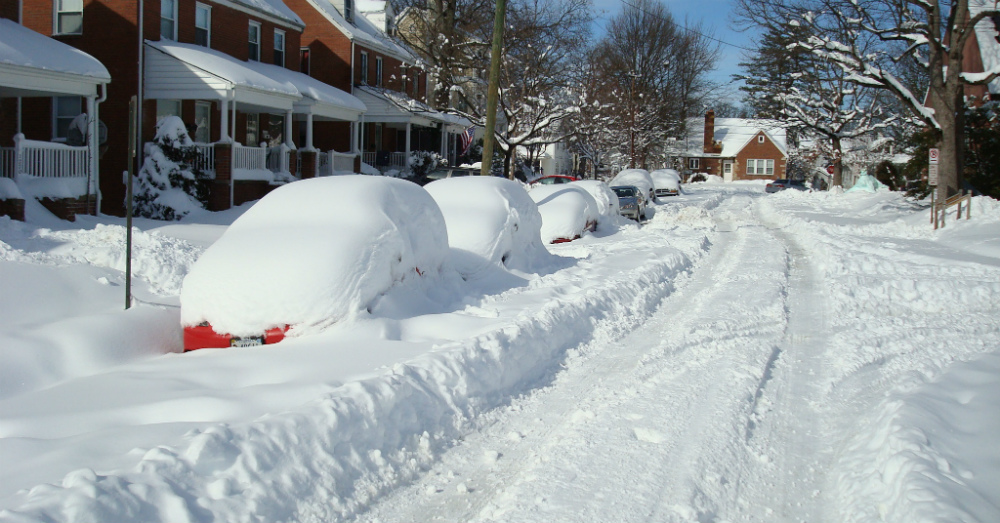When the temperature falls and you get ready to change to your winter ride you need to take care of some important aspects of your summer ride to make sure it’s cared for over the winter months when you’re going to be storing it and not driving it at all. This means you need to have a dry place to store it, but that won’t be the only thing you have to do. Check out these tips and learn what Parts you’ll want and what you need to do to make sure your sports car or classic car will be able to stay right for the next season of driving for you.
Dry Storage – You need a place that’s going to be dry, climate controlled and covered for your car to be stored correctly. The best choice is your garage at home with a concrete floor, but if this doesn’t work for you then you can rent a storage space where your vehicle can be stored during the winter months until you’re ready to bring it out of storage again.
Fluids – You should change the fluids before you store your vehicle. This includes the oil, the coolant and the gasoline. This will help to reduce the potential for harmful contaminants that could cause damage to your vehicle. Add a fuel stabilizer to your tank of gas and make sure you take a drive before storage to allow the stabilizer to make it through the whole system.
Clean it Up – Cleaning your car one last time before storage is good for you and good for the car. It provides the therapy you need knowing you won’t see the car again for a few months and it adds a layer of protection for the vehicle. You should detail clean it inside and out to make sure it’s in pristine clean condition and then put a couple boxes of baking soda inside the cabin to absorb any moisture or musty smells.
Keep Out the Critters – Put steel wool in the tailpipes and cover the air intake so you can make sure you’re able to have the critters kept out of the vehicle. Make sure all the doors and windows are shut and sealed tight. Once you’ve done this put a car cover on it to make sure it stays protected from critters that might walk on it to find a place to lie down.
Lift it Up – You don’t want to store your car on its wheels and tires that can cause flat spots on your highly expensive tires. Jack the car up and put it on jack stands and then take the wheels off and store them in bags on their sidewalls in a climate controlled area. This may seem like overkill, but it will protect all the parts of your car.
Disengage the Parking Brake – Your parking brake can endure unnecessary wear and tear if it’s engaged for long periods of time. Make sure you disengage the parking brake no matter how you store the car. If you store it on its wheels, make sure they’re chocked. If it’s on jack stands you can disengage the parking brake once the car is up on the four stands.
Battery Care – You need to protect the battery so it will still have the charge you need when you come back to retrieve your vehicle the next year. You can do this with a battery tender that will keep the charge or you can disconnect the battery and wrap the terminals in plastic to keep them from engaging with any of the components.
Don’t Start the Car – There are times during the winter months when warmer days happen and you might want to take your car for a drive. You shouldn’t do that. If you choose to take a drive you will need to repeat all the storage steps from the start. If you think you’re going to go out and just start the car to let it idle for a few minutes, don’t do this either, that’s bad for the vehicle. Just wait and let the car be stored until your planned time to retrieve it from storage, you’ll have much better overall results.
This post may contain affiliate links. Meaning a commission is given should you decide to make a purchase through these links, at no cost to you. All products shown are researched and tested to give an accurate review for you.
